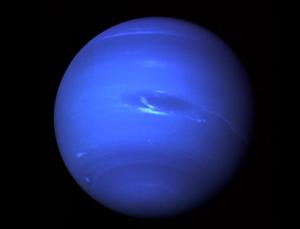
© Oregon State UniversityGray rubble on the flanks of Mauna Kea on the island of Hawaii lie in contrast to the red volcanic rock behind them, and were deposited by a glacier that disappeared thousands of years ago.
Boulders deposited by an ancient glacier that once covered the summit of Mauna Kea on the island of Hawaii have provided more evidence of the extraordinary power and reach of global change, particularly the slowdown of a North Atlantic Ocean current system that could happen again and continues to be a concern to climate scientists.
A new study has found geochemical clues near the summit of Mauna Kea that tell a story of ancient glacier formation, the influence of the most recent ice age, more frequent major storms in Hawaii, and the impact of a distant climatic event that changed much of the world.
The research was published in
Earth and Planetary Science Letters by scientists from Oregon State University, the Woods Hole Oceanographic Institution, University of British Columbia and U.S. Geological Survey. The work was supported by the National Science Foundation.
"Mauna Kea had a large glacial ice cap of about 70 square kilometers until 14,500 years ago, which has now all disappeared," said Peter Clark, a professor of geosciences at OSU. "We've been able to use new data to determine specifically when, where and most likely why the glacier existed and then disappeared."



